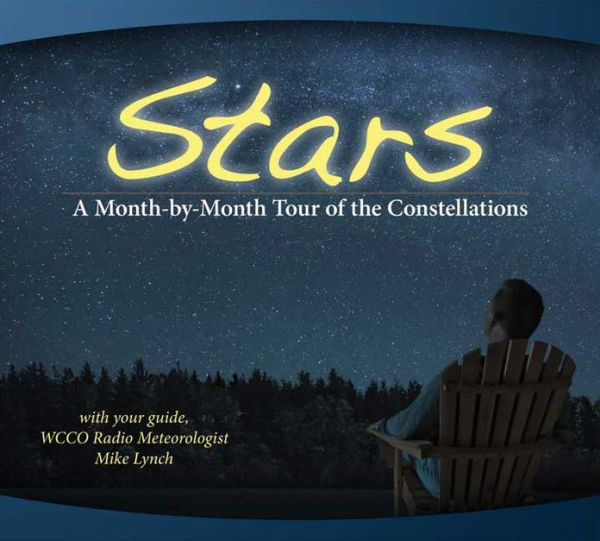Table of Contents
Ready to Make the Stars Your Old Friends?
Astronomy 101 . . . Hyper Fast!
Using the Monthly Star Maps
A Note About Planets, Meteor Showers and Satellites
Supplemental Audio
January
Featured Constellations: Orion/Lepus
February
Featured Constellations: Canis Minor/Canis Major/Leo
March
Featured Constellations: Ursa Major/Ursa Minor/Coma Berenices
April
Featured Constellations: Boötes/Corvus
May
Featured Constellations: Hercules/Virgo
June
Featured Constellations: Lyra/Cygnus
July
Featured Constellations: Scorpius/Aquila
August
Featured Constellations: Sagittarius/Draco
September
Featured Constellations: Delphinus/Andromeda/Pegasus
October
Featured Constellations: Cepheus/Cassiopeia/Perseus
November
Featured Constellations: Auriga/Aries
December
Featured Constellations: Taurus/Gemini
About the Author



